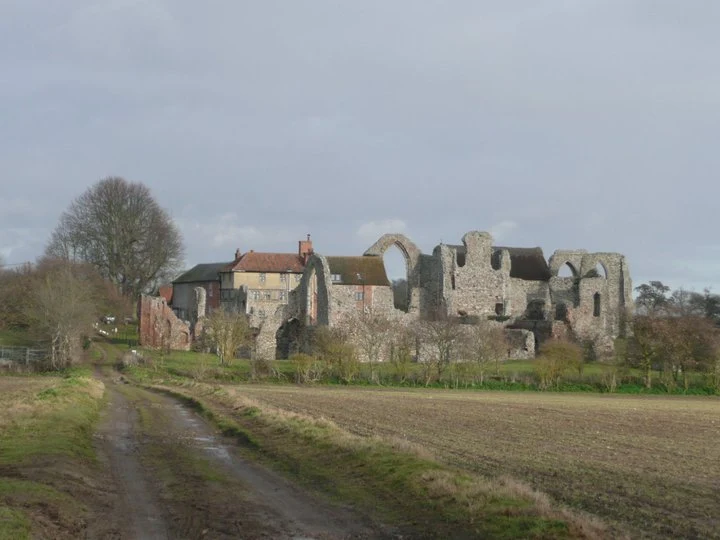Author: Griffmonster |
Tuesday, 7 January 2020
|
|

A circular walk around the Area of Outstanding Natural Beauty at Sizewell
This walk uses blocked up paths and is currently inaccessible. There is no access through Goose Hill and down to the beach. Some parts of Kenton hills are accessible. The path across Broom Covert is lined with metal fencing and the path across the meadow to Reckham Pits has been directed. This is due to construction works linked to Sizewell C.
This walk has a diverse landscape that has something for everyone. Woodland, coast and beach, freshwater marsh and Sandlings Heath which is a delight to any visitor and worthy of its status as an Area of Outstanding Natural Beauty. The walk heads out of Leiston alongside the man-made Aldhurst Farm nature reserve, an area of wetland, heath and grassland created in 2015 as a sweetener for the local folk should the proposed Sizewell C Power Station get approval. It isn't presently accessible to the public other than the established footpath that runs along the valley and a new path running adjacent to Valley Road. The north side of the reserve was once known as Winters Heath, common land that was enclosed in the early 19th century. Therefore this is not so much as giving something to the community as returning the access rights to the people that such common land once afforded.























